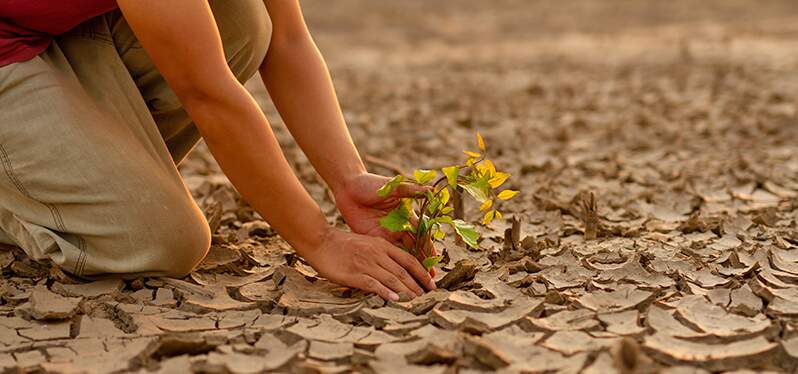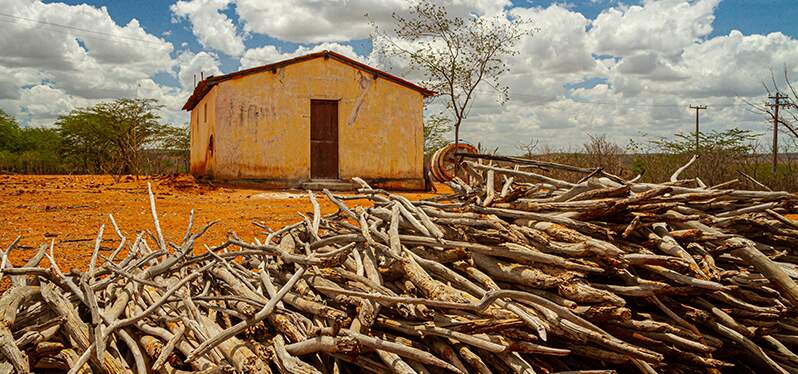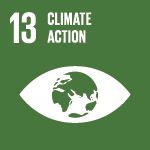Posted in: 06/17/2023
Brazil and the world have developed actions to combat desertification, which threatens the existence of ecosystems, due to climate changes generated by human actions.
To this end, the National Water and Basic Sanitation Agency (ANA) has shown interest in cooperating with the United Nations Convention to Combat Desertification (UNCCD) . One of the proposals is the Water Producer Program , which provides a reward to rural producers for soil conservation actions.
In addition, during COP15 , which took place in May 2022, in Côte d’Ivoire, UNCCD signatory countries met to discuss more initiatives, including the Great Green Wall , a project in progress for over 15 years, which aims to repair , by 2030, more than 100 million hectares of dry land in Africa.

The project proposes the creation of an 8,000 km long strip , which runs from Senegal to Djibouti and, for 2023, has the technical contribution of Embrapa , the Federal University of Rondonópolis and the Brazilian Cooperation Agency (ABC).
In Brazil, the Caatinga and the Cerrado are the biomes most threatened by desertification. The Caatinga has already lost more than 6 million hectares , 280,000 of which are in areas with a high possibility of becoming desert.
In the Northeast , 94% of dry lands are susceptible to desertification , due to deforestation and the severe droughts that affect the region, according to the Intergovernmental Panel on Climate Change (IPCC).

To combat desertification, specialists have been working on solutions to repair the impacted areas, some of which are:
Thus, universities , university centers and colleges , located in cities with a semi-arid environment and with a core of desertification, will have priority in accreditation to carry out research.
However, even like all initiatives carried out, desertification is still a challenge , therefore, care on other fronts is necessary, such as containing the advance of desertified areas. Among these fronts is the fight against deforestation , the work to contain water scarcity , among others.


Sign up and receive our news.